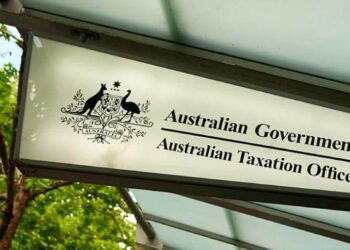Late last year the ATO released PCG 2021/4, setting out its compliance approach to the allocation of profits or income from professional firms.
The guideline, which came into effect on 1 July 2022, helps professionals to assess and manage risks associated with their profit allocation arrangements.
In an online update, the ATO said it will soon begin contacting some professionals to find out more about their profit allocation arrangements and assist them with using PCG 2021/4.
“We will be contacting individual professional practitioners who may be in a higher risk category to understand their unique arrangements and structures and provide them with practical assistance and guidance about how they can mitigate any risks that may present,” the ATO stated.
The ATO noted that it has a dedicated team responsible for the oversight and management of profit allocation arrangement risks.
“If an IPP wishes to discuss their profit allocation arrangement with us, they can contact us by emailing ProfessionalPdts@ato.gov.au,” it said.
PCG 2021/4 is focused on arrangements where taxpayers redirect their income from a business or activity to an associated entity which includes income from their professional services, allowing them to save tax.
The ATO previously advised that in order to rely on PCG 2021/4, professionals must assess whether the arrangement is commercial and does not have high risk features. These are referred to as gateways.
The ATO said an arrangement that shows a lack of commercial rationale can seem more complex than necessary to achieve the relevant commercial objective, appear to service no real purpose other than to gain a tax advantage, and give a tax result at odds with its commercial or economic result.
It warned that arrangements with high-risk features might include those that have financing arrangements relating to non-arm’s length transactions and those that exploit the difference between accounting standards and tax law.
“High-risk arrangements may also misuse the superannuation system, including assignments or disposals of an interest to associated SMSFs,” it said.
Arrangements involving multiple class of shares and units and create discretionary entitlements such as dividend access shares may also fall into the high risk category.
“If we identify arrangements that lack apparent commercial rationale or have high-risk features, we may consider applying anti-avoidance provisions under Part IVA or other integrity rules,” the ATO warned.
“If, as an IPP, you pass the gateways, you can then self-assess against the risk assessment framework to see the type of compliance attention that we will give to your arrangement.”


